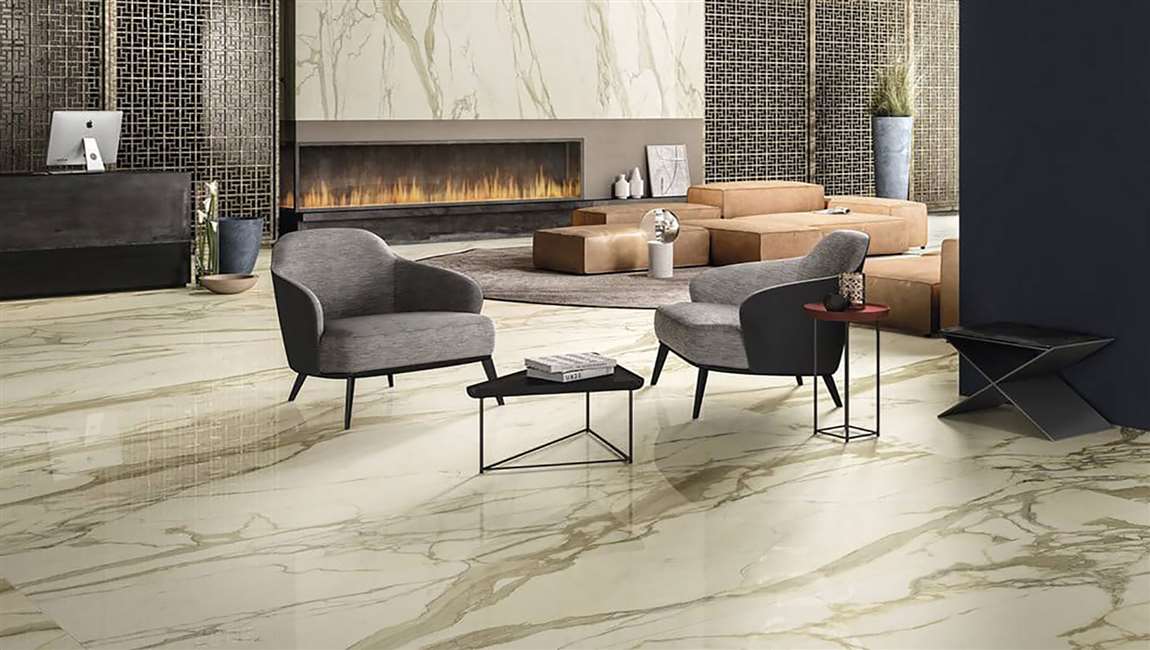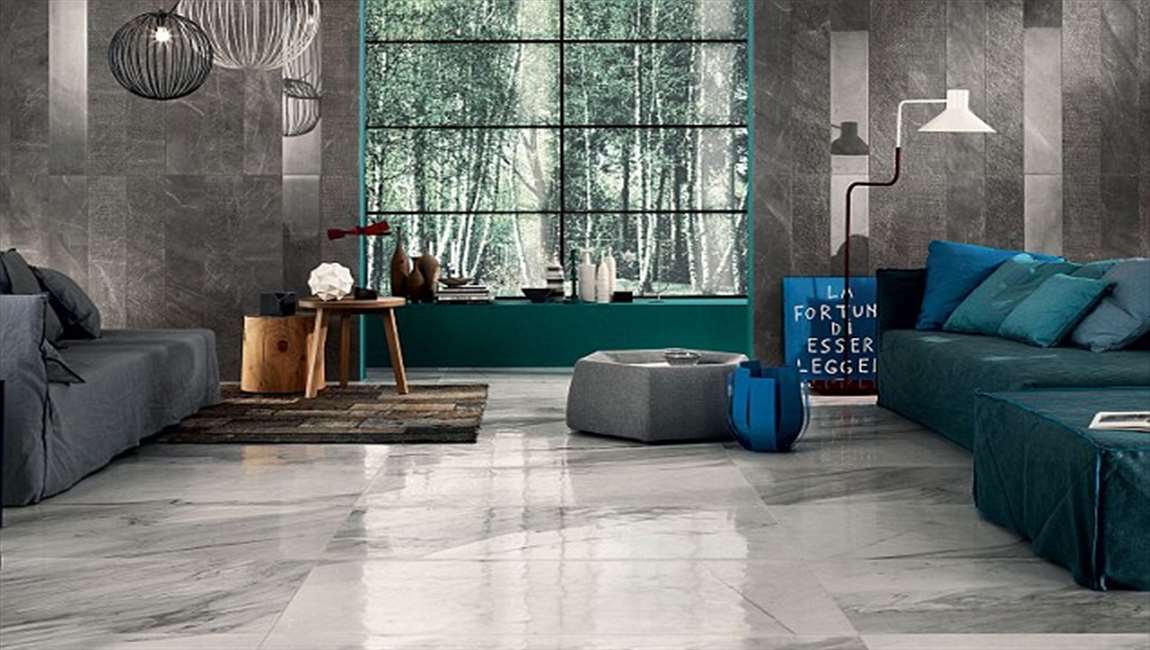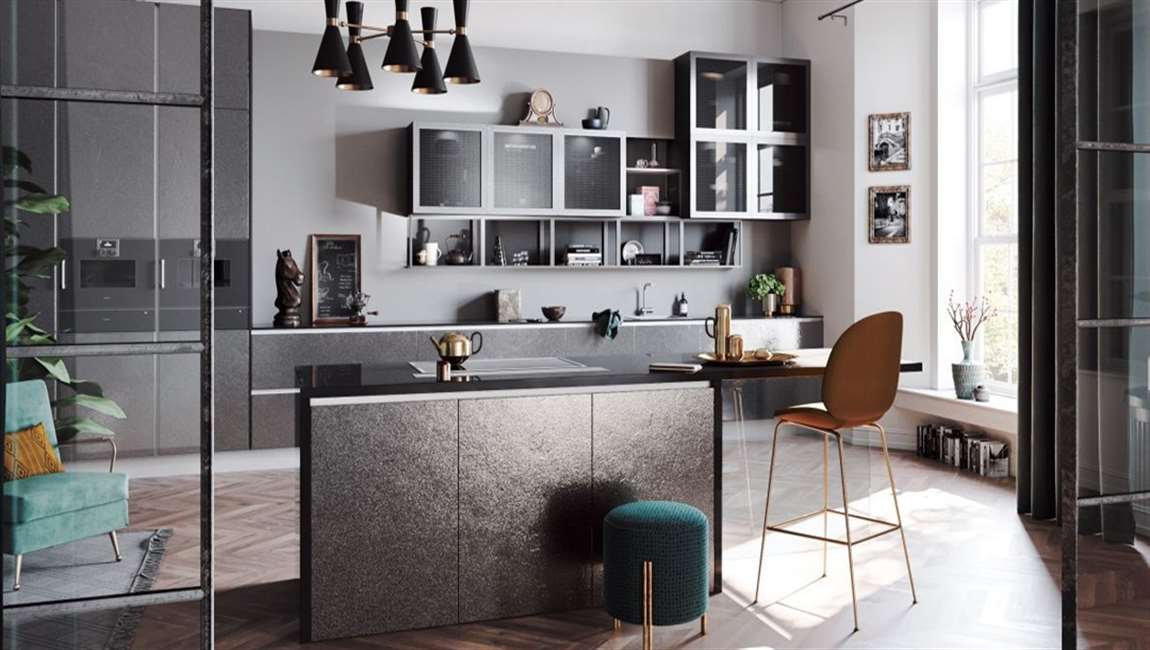How to Measure the existing countertop Before Tile a Countertop?
Use a carpenter’s pencil to outline the dimensions of the existing countertop on a piece of 3/4 inch (2 cm) plywood. Be sure to trace the sink opening, too. Cut the plywood using a circular saw. If you need to make smaller cuts or round out your corners, finish up with a jigsaw. Clamp a straight edge along the marked lines to guide the saw so that your lines are perfectly straight.
Place the plywood base on top of the existing countertop. From underneath the existing countertop, trace the sink opening onto the plywood base. Cut out the sink opening using a jigsaw.
Use your plywood template to cut the concrete backer tiles with a wet saw. Put the plywood base on top of a piece of concrete tile. Use the plywood base as a template to make an identical countertop piece out of the concrete tile. Cut the concrete tile to the shape of the countertop using a spiral cutting saw with a masonry bit. Don’t forget to cut out the sink opening as well.
These tiles sometimes come pre-cut, or you can have them cut at a local hardware store if you cannot cut the concrete. Sometimes sold as “fibercrete,” a “backing tile,” or sometimes a “tile backer.”Screw the plywood base into the countertop, then adhere the concrete tile with thinset mortar and an electric drill. Screw the plywood base onto the existing countertop using wood screws.
Then, apply thinset mortar to the plywood base using a 1/4 inch (0.6 cm) trowel. Place the concrete tile on top of the plywood base and screw it into place with galvanized screws. When done, reinforce any corners and edges with fiberglass mesh tape. This prevents chipping, cracking, or crumbling along the cut edges of the concrete.
Alternatively, cut and sand down laminate countertops to adhere tiles design to them. If you have a laminate (popular, smooth, plastic-like surface) countertop, you only have a little preparatory work to do. You must simply get the surface ready to absorb the mortar and adhere the tiles. Most laminate is non-porous and a bad adhesive surface.






